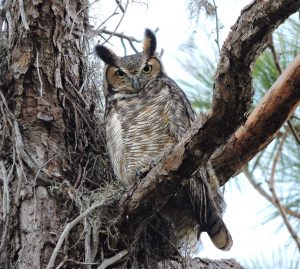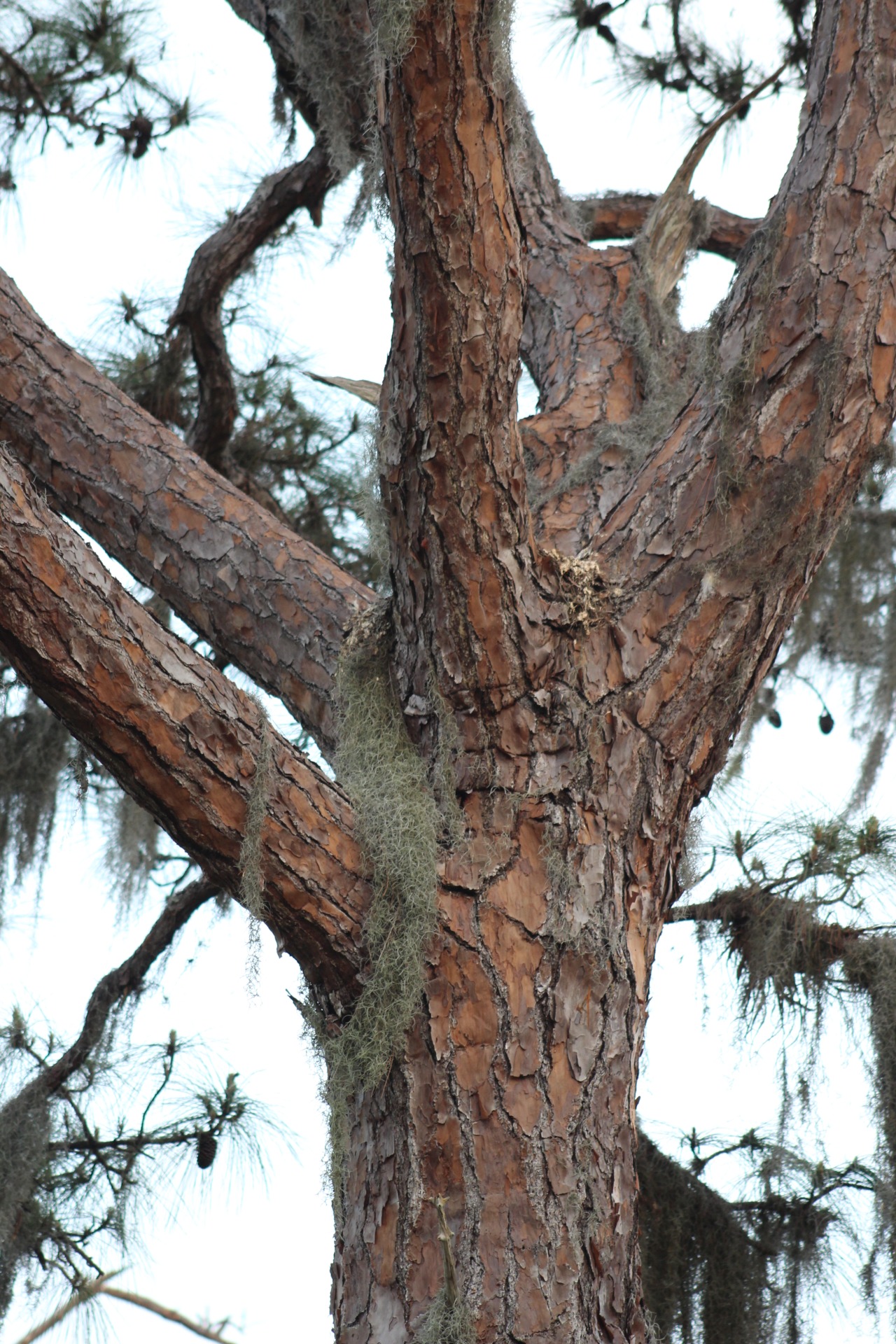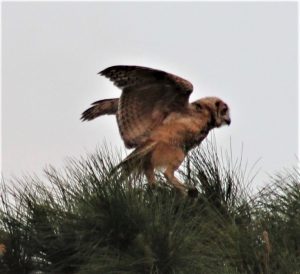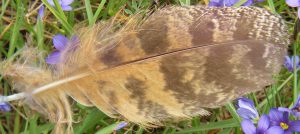Be-at-home with nature, while staying-at-home!
Today, April 3rd, starts our stay-at-home order in Florida. While we are connecting through technology, don’t forget the joy, health benefits, and stress relief that being out in nature provides us. Whether you live in an urban apartment or next to a natural area, you can still “Be-at-home with nature”. This blog series will explore wild, wacky, and wonderful aspects of our natural world that surrounds us. Each post will include links to further information or activities, as well as inquiry-driven questions that will help you delve deeper into the magic and mystery of nature.

Moon image by Robert Karkowski from Pixabay.
Nature is everywhere!
We hope you learn something new, introduce yourself or family to a love of nature, or find a moment of solace. Get outside when and where it is safe to do so. You can connect to nature anywhere: on our blog, with a potted plant, in your driveway, out on a sidewalk, or on a walk in a park while maintaining social distancing. Come explore with us!
Night-time nature
Our first “Be-at-home with nature” blogs will focus on night-time nature. Nocturnal animals, the night-sky, and night-blooming plants are fascinating. Being outside at night is an unique time to enjoy nature when less people will be around. Take a moment to step outside after sunset, breathe deep, and enjoy the night-time nature that surrounds us!

Image by Amber Dawn from Pixabay
Great horned owls
(Bubo virginianis)
One of our most common owls, Great horned owls are found throughout all of North America. They are Florida’s largest owl. Like most raptors (birds of prey), female great horned owls are larger than the males. They can be 2 feet tall with a wing span of 3 to almost 5 feet, but only weigh 2-5.5 pounds! Hard to spot, with their patchy grey, brown, and tan body, look for a large big-bodied owl with ear tufts (which aren’t really ears at all), a black bill, large yellow eyes, reddish-brown feathers around their face ringed with black, and white chin feathers. Owls are so well camouflaged, you may hear them before you see them. Great horned owls make a variety of noises, but their most common call is a 4-5 note “whoo, whoo-hoo, whoo, whoo”. Often heard calling back and forth to their mate, a male owl’s call is deeper, while a female owl’s call will have a higher pitch. Listen to their calls here.

Great horned owls prefer forests with some open areas for hunting, but can be found in desserts, agricultural areas, and cities. In Sarasota county, they are often found in pine flatwoods, which are characterized by pine trees with an open grassy understory. Pine trees are a great site for their nests, but they can also nest in other trees, in a cavity (which is a hole in a snag, or dead tree), a cliff, or man-made platforms or boxes. Great horned owls will even take over someone else’s nest!

Great horned owls lay 1-4 eggs once a year. When defending their nest, they make a variety of noises from clapping their beak, hissing, screaming, or guttural noises. They will also fly close to the offender and may even strike with their talons. In Florida, they generally nest in winter. Right now the young owls are fledging from the nest! This means they are learning to fly and hunt on their own.
Wild, wacky, and wonderful adaptations
EYES: Great horned owls have yellow, large eyes with dark pupils that open very wide. Owls have a large number of rod cells in their retina, the type of vision cells that react to light, compared to humans. Owls have very few cone cells, which are the vision cells that allow humans to see color. The increased number of rod cells help owls to see details even at night. Like most predators, their eyes are forward facing to assist with the depth perception needed for hunting and catching their prey. Unlike many other animals, owls’ eyes do not move, yet they can turn their heads around up to 270 degrees!

Image by Mark Edwards from Pixabay
PLUMICORNS: What are plumicorns? This is the name for the ear-like tufts of feathers on top of the Great Horned Owl’s head. plumicorns are found on other owls and even a few other types of birds such as some pheasants, puffins, and penguins! But what are they? They’re not ears, they’re not used for hearing, and they’re not horns… even scientists aren’t sure what they are used for. Can you make a guess?
TALONS: Owl feet have sharp talons that assist with catching prey. Great horned owl talons have a gripping force of 28 pounds. They can carry prey many times heavier than themselves. Owls will catch prey as large as ospreys, falcons, and other owls. They also eat small mammals such as rodents, rabbits, and bats and will eat snakes and frogs too!

Image by Brett Hondow from Pixabay.
AND OTHERS: Another cool set of adaptations of most owls, including our Great Horned Owl, are the adaptations that help them to hunt at night. Great horned owls are apex predators and fierce hunters. Check out the Great horned owl’s face shape. It is shaped like a satellite dish and that helps funnel sound towards the owl’s ears. They can also raise their facial feathers to exaggerate this shape. Owls’ ears are offset (their right ear is higher than their left) so they can triangulate on their prey, meaning if they turn their head back and forth they can focus in on the exact spot that their prey is through hearing. And owls’ flight feathers are short and wide and have a fringe-like which decreases wind turbulence as they fly making them almost silent as they swoop down on their prey in the night!
QUESTIONS and INQUIRY: 
- Can you think of a purpose for plumicorns, or how they may help owls survive? Even scientists don’t know, so take a guess!
- Can you think of other owls that have plumicorns? Hint: One is Florida’s smallest owl.
- Don’t forget: Go outside at night and listen for the sounds you might hear!
To Read more about Great Horned Owls, other owls, or any bird species visit All About Birds by The Cornell Lab. For kid-friendly owl and animal information, worksheets, and other activities visit National Geographic Kids and San Diego Zoo Kids.
Read all our Wild Sarasota blogs HERE
 0
0
